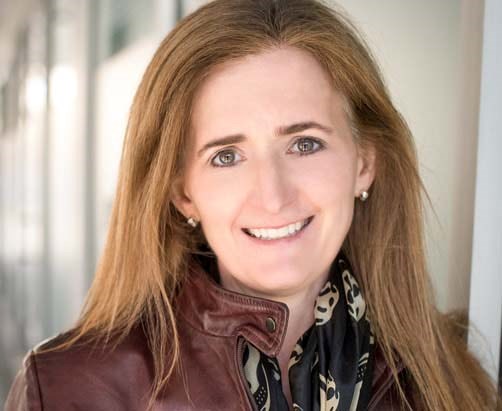Size matters was the message from the Richmond Teachers’ Association (RTA) to the board of education on Wednesday evening.
Liz Baverstock, RTA president, said her aim was to help the board view the Long-Range Facilities Plan (LRFP) through a “lens of equity” for teachers and students.
“The differing sizes of schools in our district have an impact on (teacher) workload and student choice,” she told the board of education.
The union is urging the school board to reconfigure catchments to help make them more equal in size. That, in turn, would give students more choice and relieve the workload of teachers in smaller schools.
Currently, smaller schools can’t offer as many sections of a certain course, and students often miss out on taking a course they want because of the limited times it’s offered, according to the RTA brief. There are often fewer clubs and extra-curricular activities as well.
The brief also outlines how an “unhealthy competition” results when teachers compete for students to take their elective courses, those courses that teachers are often most passionate about.
Board chair Ken Hamaguchi said when he was in high school in Richmond, it seemed there was a wider range of electives, where students could pursue their interests. He pointed to an example of a Cambie student he met who was taking geography online, something he felt should be offered in a school setting.
“I remember we had two or three geography classes in a grade (when I was in school), so it wasn’t an issue of if there were enough to form a class,” Hamaguchi said. “The fact she had to do in it online, that’s not a high school experience.”
Also, teaching assignments in high schools with fewer than a thousand students are “more complex.” For example, a teacher might have a French course that covers both French 10 and 11 or a Spanish course that covers Spanish 11 and 12 with students from grades 9 to 12 in it.
Split classes are especially challenging in higher grades because there is more content than in lower grades, according to the RTA. In addition, teachers need to choose whether to run split classes or not offer those courses at all. In contrast, in larger schools, teachers have fewer split classes.
In their brief, the RTA say they think the ideal high school size is 1,200 students.
Currently, school populations in Richmond secondary schools range from 499 students at Palmer secondary to 1,214 at McMath.
“We have schools with quite a lot of excess space and we have schools where we don’t even have full access to their staffroom – because their staffroom needs to be used as a classroom or their PE-health classes,” Baverstock said.
The RTA brief was a preliminary look at the impact school size has on teacher workload and student choice, suggesting the board should study it more in depth.
The report will be reviewed by school district staff and will look to carry out “further studies and consultation moving forward on the issue,” according to the school district.
Trustee Norm Goldstein suggested having a small high school might be a good thing, even though it couldn’t offer as many extra-curriculars.
“On the plus side, a smaller school, if so planned, offers a small-school environment so you get to know more people (which is) part of the small-school philosophy,” he said. But, he added, Richmond’s schools aren’t planned as small schools.
Trustee Debbie Tablotney pointed to the example of when Steveston and London secondary schools were amalgamated as the population of Steveston secondary was dropping.
“You need a certain number of students in a school to make it viable,” she said.
A special school board meeting will be held on June 26 at 7 p.m. with a recommendation to accept the draft LRFP. There will be an opportunity for public questions. The agenda for the meeting will be available by noon on Friday, June 21.



